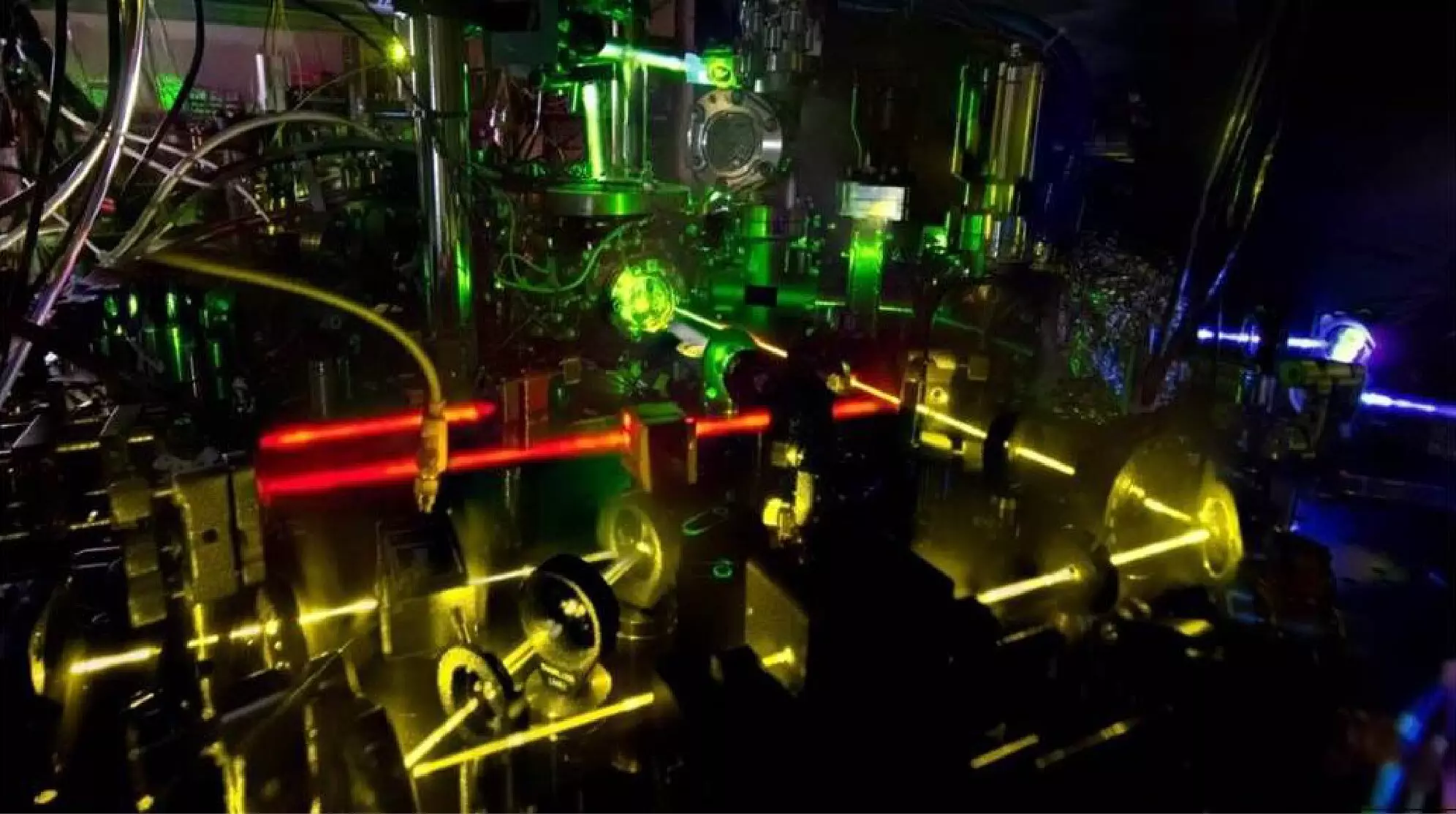In the pursuit of more accurate timekeeping, scientists at the Neutral Atom Optical Clocks Group, associated with the National Institute of Standards and Technology (NIST), the University of Colorado, and Pennsylvania State University, have announced a significant advancement in atomic clock technology. The researchers have developed a sub-recoil Sisyphus cooling technique that markedly enhances the precision of atomic clocks. This innovation, detailed in a recent publication in Physical Review Letters, builds upon a previous technique utilized specifically for creating a high-performance ytterbium optical lattice clock. The implications of this research extend beyond merely improving existing clock systems; they may also set the stage for advancements in other quantum metrology tools.
Chun-Chia Chen, a co-author of the research paper, contextualizes this development within the larger realm of precision spectroscopy, a longstanding field that explores the spectral properties of various atomic and molecular systems. The breadth of this discipline is surprisingly vast, as it has historically examined everything from ordinary atoms and ions to the realm of anti-matter, which is a current focus of initiatives at CERN. As researchers continue to refine their techniques and discover novel applications, the potential for breakthroughs in our understanding of the universe expands exponentially.
This study’s inception arose from the search for ways to improve atomic clock performance. Chen and his colleagues were inspired by an earlier study on Sisyphus laser cooling applied to hydrogen and anti-hydrogen, prompting them to adapt this approach to their own projects. Atomic clocks function by referencing the frequency of oscillation from atomic states, where their precision is largely dictated by spectroscopy techniques capable of isolating long-lifetime states and ultra-narrow transitions—often occurring at sub-Hz levels.
The heart of their newly developed technique lies in how the cooling process utilizes a strategically engineered energy shift. Specifically, the team achieves a cyclic alteration in the excited clock state’s energy profile, allowing for precise control over atomic excitation points throughout the Sisyphus cooling procedure. Traditionally, laser traps have posed challenges when differentiating between the trapping potentials imparted on atoms in distinct quantum states. However, through meticulous management of excitation conditions corresponding to the lowest points within their potential landscape, the researchers succeeded in enhancing their cooling methods.
Essentially, once atoms are excited, they experience a loss of kinetic energy while ‘climbing’ the periodic energy potential. This iterative process facilitates Sisyphus cooling as the atoms preferentially exit the potential landscape’s minimum, resulting in a lower overall thermal energy state. This innovative method shows promise in elevating the performance of current optical lattices and could even extend to various other systems exhibiting narrow transition line strengths.
Traditionally, achieving precise clock spectroscopy with neutral atoms has hinged on the establishment of uniform trapping conditions for both ground and excited states. The research team faced the dilemma of minimizing differences in trapping potentials to meet their precision goals. Their groundbreaking approach involved enhancing cooling samples prior to conducting spectroscopy, which at first seemed counterintuitive as it increased the potential disparity. However, this paradoxical solution proved effective, as it set the stage for improved conditions.
By employing an engineered, spatially dependent shift in the excited state, the researchers were able to both introduce and leverage this heightened potential difference to enhance their Sisyphus cooling mechanism. This clever manipulation allowed them to maintain cooler atomic samples that operated under shallower laser traps, thereby diminishing potential discrepancies that could interfere with spectroscopic readings.
The ramifications of this new Sisyphus cooling technique signal an exciting frontier for atomic clock precision. With potential applications spanning advanced quantum technologies, including quantum computing and information processing, the scalability of this method could transform what we consider possible in the field of metrology.
As the team moves forward, they aim to fine-tune their methodology further to enhance the performance of optical lattice clocks at NIST. Chen emphasized the constructive effects of the additional cooling on creating more uniform atomic ensembles and accurately characterizing minute effects of the trapping laser on frequency. Such precision allows scientists to grasp the subtle nuances influencing atomic behavior, marking a notable step forward in our understanding of timekeeping at the quantum level.
The innovative Sisyphus cooling technique isn’t just a refinement of existing technology—it’s a glimpse into the future of atomic clock precision and the broader realm of quantum metrology. The collaborative efforts of these researchers illuminate the path forward for innovations that resonate beyond our current scientific horizons.


Leave a Reply